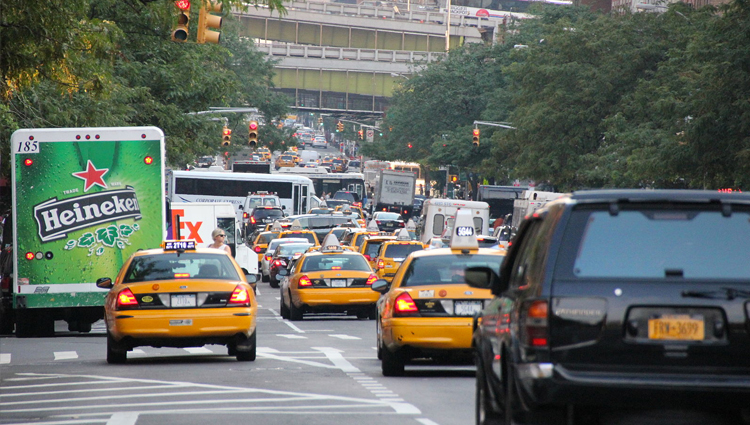Murders, Traffic Deaths Connected

(Inside Science) -- If you want to know how many people are killed in car accidents in a particular U.S. state, look to its prisons. Regions with higher murder rates also tend to have a greater number of traffic fatalities, according to a new analysis of government data.
A study published in the scientific journal Traffic Injury Prevention found that a state's homicide rate in 2006 predicted its traffic fatalities better than nine other well-known factors -- including how likely residents were to wear their seatbelts or to drive drunk.
This is not because more killers are taking the wheel or more drivers are using their vehicles as murder weapons, said Michael Sivak, a psychologist at the University of Michigan Transportation Research Institute in Ann Arbor, Mich. His explanation for the connection is that some populations are more violent and aggressive than others, and that this aggression leads both to dangerous driving and to a higher murder rate.
"The finding is consistent with the notion that social aspects of human interactions play an important role in traffic safety," wrote Sivak.
The data builds on a previous study of census data from 1977 and 1978 that also found a connection between homicides and traffic fatalities.

